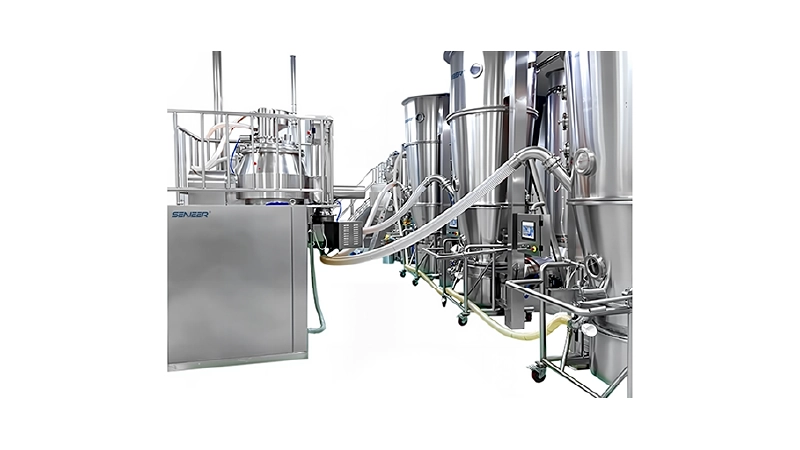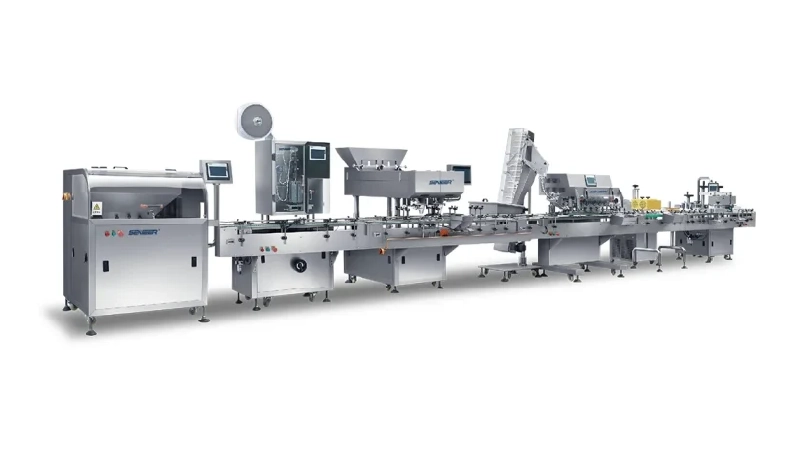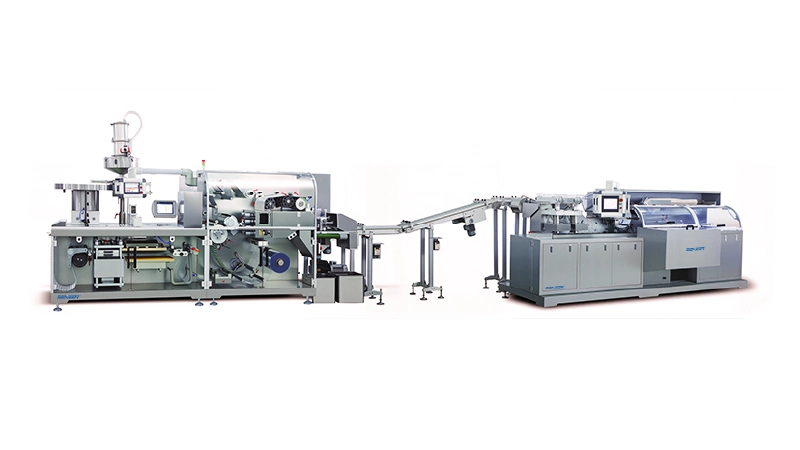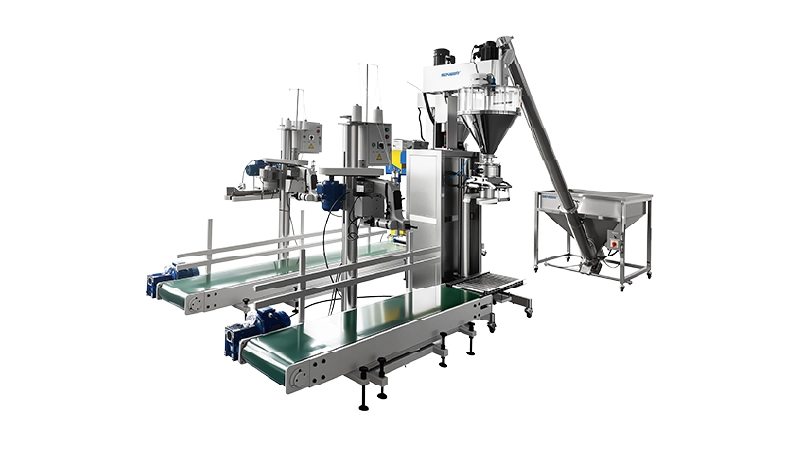Key Points Of This Chapter
Fluid bed coating is more challenging than fluid bed granulation and drying.
Traditional overhead sprays are easiest to scale. However, this technology is not suitable for functionally coated dosage forms. The amplification of the spray rate is usually calculated based on the increase in the amount of fluidizing air used, rather than the increase in the batch size, as discussed earlier, based on the amplification of granulation.
The air distributor and chamber must be designed rationally. When the relationship between air distributor area/fluidizing air volume/liquid spray rate remains proportional, linear amplification of the fluidized bed coating process can be achieved.
The fluidization mode in the Wurster process is very critical. It is recommended to perform a scaled-up first experiment without the liquid sparging step to visualize the flow pattern of granules through the column.
Chapter 11 Process Amplification (Part 2)
01 Fluidized Bed Coating Scale-Up
Fluid bed coating is more challenging than fluid bed granulation and drying. Coating of powders or granules can be performed using top coating (nozzles spray liquid from the top), bottom coating (Wurster technology) (nozzles spray liquid from the bottom) or using a rotating module (nozzles spray liquid from the side or tangential direction).
Top Spray Coating
Traditional overhead sprays are easiest to scale. However, this technology is not suitable for functionally coated dosage forms. The amplification of the spray rate is usually calculated based on the increase in the amount of fluidizing air used, rather than the increase in the batch size, as discussed earlier, based on the amplification of the granulation. In fluidized bed coating, the most critical factor is to avoid clumping due to the viscosity of the coating material. This characteristic determines the maximum spray rate that can be achieved through a single nozzle or coating zone (spray flux). Therefore, amplification requires multiple nozzles to increase the spray flux.
Wurster Coating
Several publications have studied coating expansion in different ways.

Mehta recommends determining air and spray liquid flow rates based on the cross-sectional area of gas flow in a fluidized bed coater. Hall concluded that by rationally designing the air distributor and chamber, linear amplification of the fluidized bed coating process can be achieved when the air distributor area/fluidizing air volume/liquid spray rate relationship remains proportional. In a recent study, Hede et al. used a mathematical model of the intermittent top-jet fluidized bed coating process developed by Ronsse et al. The model discretizes the fluidized bed one-dimensionally into several well-mixed control volumes, in which dynamic thermal and mass balances are established to simulate the water vapor content, water on the core granules and deposited coating mass as well as the gas, granules and chamber wall temperature.
Many researchers, especially in industry, have adopted simpler approaches when modeling and scaling up coating processes. Ebey and Dewettinck et al. developed a steady-state thermodynamic model of the aqueous film coating process. They utilize these practical models to describe and control the mass and energy balance of the coating process under steady-state conditions. Larsen et al. proposed a simpler but dynamic control model for the drug matrix water film coating process.
Laboratory Scale Optimization
Coating modules have different nozzle configurations depending on the manufacturer. The nozzle can be flush with the air distributor or protrude from the air distributor. For a given coating application, the choice of what equipment and processing conditions to use must be based on previous experience and the availability of equipment in the R&D laboratory and in production. The fluidization mode in the Wurster process is very critical. It is recommended to perform a scaled-up first experiment without the liquid sparging step to visualize the flow pattern of granules through the column. The Wurster process has many variables. Some parameters are easy to set, such as: batch size, spray liquid viscosity, concentration, spray component settings, air distribution plate, guide tube height, dew point, etc. Conduct some experiments to determine some dependent variables, such as: air volume, atomizing air pressure, spray rate, product temperature, etc. Finally, DoE is applied to optimize the most critical parameters in the process. Before attempting successful scale-up, key variables and their impact on yield should be identified in laboratory and pilot scales.
Enlarge
Once the process variables for optimization have been identified, “mass effects” need to be considered. When optimizing process parameters, fine-tuning the predicted parameters at pilot and industrial levels makes it easier to compensate for mass effects. Before spraying, fill the product container with the starting amount of product. Observe fluidization patterns, baffle clearances, process air volumes, and air distributor configurations. Next, add the completed batch quantity to the product container and repeat the same process. At this stage, ideal fluidization conditions should be evaluated at high process air volumes to improve efficiency and overall mass balance. It should be satisfactory within the starting and final batch weight range.
As the process scales up, product issues such as fragility will be magnified. If the release curve of the modified product is susceptible to secondary processing conditions, then scale-up will be a challenge. Therefore, processes developed at laboratory scale must be robust. In order to reduce wear and shorten processing time, a higher liquid injection rate should be used. With all other variables fixed, after assessing that the granules and coating are not subject to significant abrasion, the effect of extending the treatment time will improve the uniformity of the coating due to the increased number of passes of the granules through the spray zone. Generally speaking, it is better to add a small amount of coating to a granule and repeat the process multiple times than the other way around. When determining the process air volume required to evaporate the sprayed solution, the air volume from multiple nozzles should be considered.
Wurster Coating Amplification Guide
Below are some guidelines that can be used to scale up your coating process using the Wurster module. Variables to consider during scale-up (not all variables are critical)
(1) Air volume, temperature and humidity at the air inlet;
(2) Size and number of nozzle openings, spray angle, and location;
(3) Spray rate;
(4) Concentration of spray solution/suspension;
(5) Temperature of spray solution/suspension;

(6) Atomizing air volume, pressure, humidity and temperature;
(7) Filtration area, material, pore size, vibration period and mode;
(8) Product dosage (bed height);
(9) Air distributor configuration;
(10) Wurster column height and clearance;
(11) In the case of rotating fluidized bed coating, the speed of the rotor, the gap of the disc, the type of plate;
The fluidization pattern during processing depends on the quantity of product and the air volume. Based on the optimized experimental scale batch, determine the air volume for the scale-up batch. The surface velocity must remain constant from laboratory to pilot scale, and in order to maintain the same velocity, the area of the air distributor must be known.
The volume of fluidizing air affects agglomeration. During the coating process, due to the blockage of the outlet filter, the air flow resistance increases, so the air flow must be continuously adjusted to maintain optimal air flow and fluidization of the material.
In the case of controlled release coating, replace the filter bag with a fine mesh (60 mesh) or valve cover, and close the filter bag shaker.
The selection of the appropriate baffle height and the appropriate air distribution plate must be monitored to ensure smooth product flow in the spray zone.
In the 18” Wurster (Glatt unit), the bed height is up to 600 mm and the fluidization height is up to 2 metres. Scaling up from 18” to larger size units with multiple nozzles and columns is almost linear. Therefore, process optimization using the 18” Wurster will provide more translational scale-up for larger devices.
Since product temperature and dew point are the most critical factors affecting product movement and release profile, these parameters should be kept constant during scale-up.
The circulation rate of the solids is controlled by the gap between the base of the baffle and the distributor plate. By adjusting this gap, it is possible to counteract the effects of altered granule circulation due to amplification.
The cross-sectional area of the Wurster column plays an important role in efficient coating. All process parameters should be proportional to the cross-sectional area of the Wurster column compared to the laboratory model column.
The formula below can be used to calculate the appropriate batch size as you scale up. This should be a good starting point. Fluidization patterns and movement of granules through gaps into the spray zone should also be taken into account. During scaling of the process, the height of the product bed increases with batch size.
Therefore, consideration of time scale factors is also necessary. Batch determination of coating:
Smax=(π×R12×H-N×π×R22×H)×BD
Smin=1/2(π×R12×H-N×π×R22×H)×BD
[In the formula, R1=chamber radius, R2=partition radius, N=number of partitions, H=partition length, S=batch size, BD=bulk weight]
Some typical fluidized bed coating capacities range from 0.5kg to 600kg. For fluid layers up to 450mm, a Wurster column (18”) diameter is typically used. The diameter of the Wurster column is nominally half the bed diameter. For larger beds it is common to use multiple 225mm diameter Wurster columns.
Drop size amplification should be based on drop size data provided by the liquid spray nozzle manufacturer, but may also be affected by adhesive properties. Depending on the size of the fluidized bed device, the spray rate of low-viscosity adhesive solutions is limited to 1000 ml/min per nozzle opening, and the spray rate of viscous adhesive solutions is limited to 750 ml/min.
Visually achieve the same level of fluidization inside and outside the zone. The fluidization level should be adjusted mainly by changing the air distributor type. Fluidization control can be achieved by measuring product pressure drop. The total airflow and the amount of product allowed within the column (spacer gap) can also be changed, but the liquid injection rate may need to be adjusted.
In larger machines, higher fluidizing airflow may be required within the baffles because the atomizing airflow represents a lower percentage of the total airflow through the baffles.
02 Rotating Fluidized Bed Coating
Of the three fluidization technologies, rotating or tangential spray systems exert the greatest mechanical force on any given product. Rotation speed is a key variable that should be kept constant when scaling up. The radial speed used on the experimental machine can be calculated by the formula:
Vr=πd×N/60
Vr=radial velocity, unit is m/s
D=disk diameter, unit is m
N=number of revolutions of the disk per minute
Knowing the diameter of the disc in a commercial machine and keeping the radial speed constant, the rotor speed N can be calculated.
03 Summary
Scaling of granulation and coating requires robust process development in the laboratory to identify and optimize process parameters. Evaluating different batches of active ingredients during the screening process contributes to the scalability of the screening process. Scaling up requires identifying optimized operating variables during the development phase; however, there may be slight changes as the process scales up. Researchers have used various methods to determine the parameters of the scaling process. Maintaining the same air speed, droplet size and evaporation capacity of the spray solution/suspension are critical factors in the operation of a fluidized bed coating unit.










